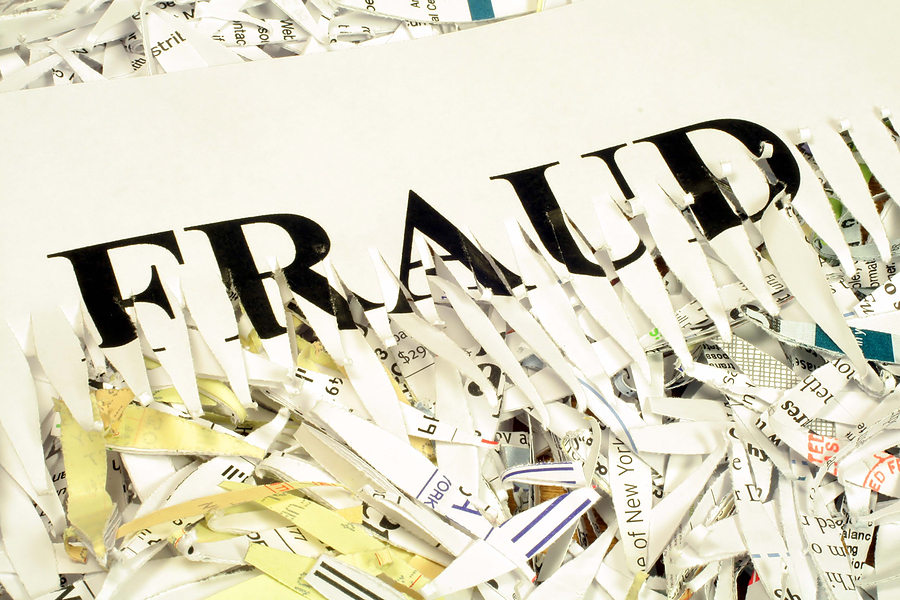One in three U.S. and Canadian insurers does not feel adequately protected against fraud and more than half expect personal lines and workers’ compensation fraud to increase this year.
The survey by FICO, a predictive analytics software company, found that unsurers expect the biggest fraud loss increases to hit personal property, workers’ compensation and auto insurance. In terms of fraud by individual policyholders, 58 percent of insurers forecast an increase in personal property fraud, 69 percent forecast an increase in workers’ compensation fraud, and 56 percent forecast a rise in personal auto fraud.
The majority of insurers (51 percent) attributed the increases in fraud to inconsistent economic recovery in low-growth areas.
The survey also found that 63 percent of insurers believe there is increased risk of fraud in no-fault states compared to states with tort systems. No-fault insurance has come under fire in recent years due to spiraling medical costs (with some studies showing they are 40 percent higher than in states with tort systems) and fraud.
While only 11 percent of insurers blamed the expected growth in fraud on the increasing sophistication of criminal rings, at the same time, 55 percent are seeing a rise in workers’ compensation fraud rings, and 61 percent are seeing a rise in auto fraud rings.
In the U.S., 42 percent of insurers foresee the mid-Atlantic states (New York, Pennsylvania and New Jersey) as being hardest hit by personal lines fraud.
In Canada, 42 percent of insurers foresee Quebec as being hardest hit by personal lines fraud, and 39 percent foresee Ontario as being hardest hit.
Insurers feel vulnerable to premium leakage and new applications, when policyholders underestimate or leave out such information as annual auto mileage that would have an adverse effect on the cost of the policy, according to the survey by FICO.
In the survey, 35 percent of insurers estimated that insurance fraud costs represent 5-10 percent of their total claims, while 31 percent said the cost is as high as 20 percent. More than half (57 percent) of insurers expect to see an increase in fraud losses this year on personal insurance lines, while only 5 percent of insurers expect to see a decline in dollar fraud losses on personal lines.
“Conventional industry wisdom has held that fraud losses average around 10 percent of claims volume, but according to our survey the actual number is significantly higher,” said Russ Schreiber, vice president of the insurance and healthcare practice at FICO. “Insurance claims fraud is big business—and it’s getting bigger. With more people resorting to fraudulent activities, and fraud rings becoming more sophisticated, insurers must step up efforts to protect good customers, uncover organized fraud and improve the effectiveness of specialized investigative units.”
When asked about how to fight the rise in fraud, the greatest cohort of respondents (20 percent) cited predictive analytics. Insurers also included the use of anti-fraud teams for specific books of business (17 percent), link analysis for detecting fraud (8 percent), and business rules for stopping known fraud types (7 percent) as useful fraud-fighting approaches.
FIC Osaid its Insurance Fraud Survey included responses from 260 insurers throughout the U.S. and Canada surveyed in July 2013.
Source: FICO
Topics Trends Carriers Fraud Workers' Compensation Talent Canada
Was this article valuable?
Here are more articles you may enjoy.



 CEOs on Guard as Trump Rattles Companies With Series of Edicts
CEOs on Guard as Trump Rattles Companies With Series of Edicts  MAPFRE Accuses AAA of Violating Long-Time Exclusive Marketing Agreement
MAPFRE Accuses AAA of Violating Long-Time Exclusive Marketing Agreement  Adjusters Launch ‘CarFax for Insurance Claims’ to Vet Carriers’ Damage Estimates
Adjusters Launch ‘CarFax for Insurance Claims’ to Vet Carriers’ Damage Estimates  Billionaire NFL Owner Suing Over Billboards Near His LA Stadium
Billionaire NFL Owner Suing Over Billboards Near His LA Stadium 

